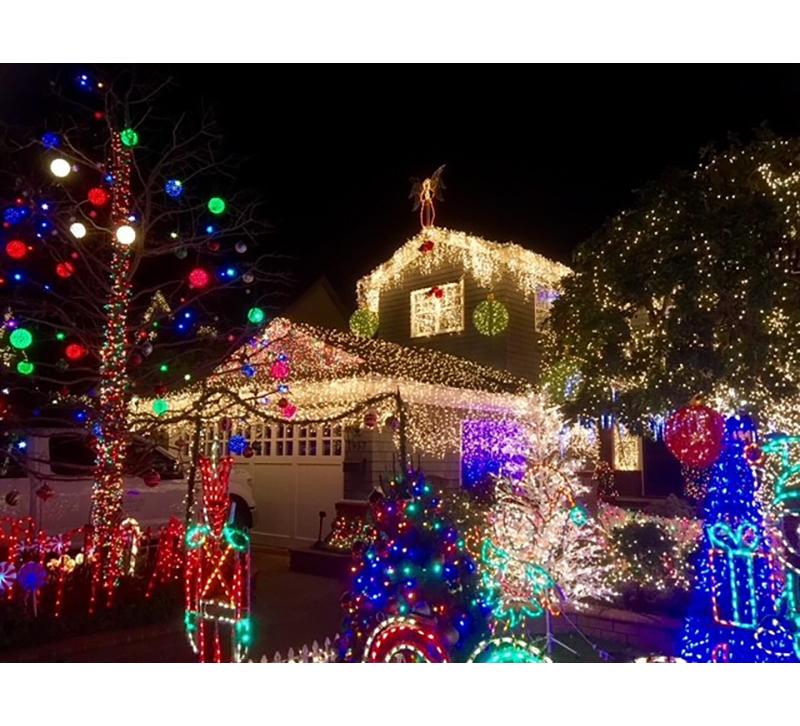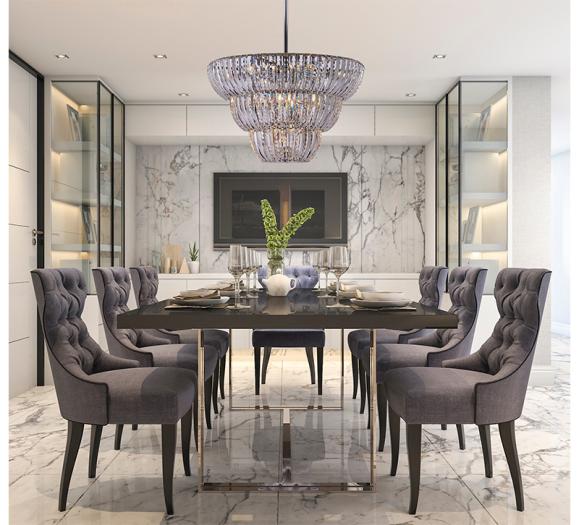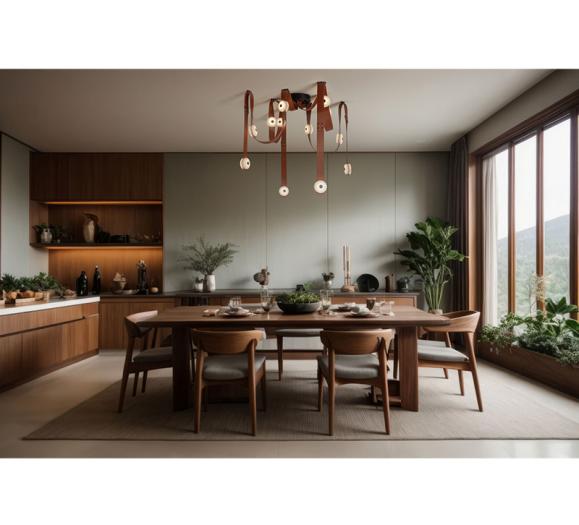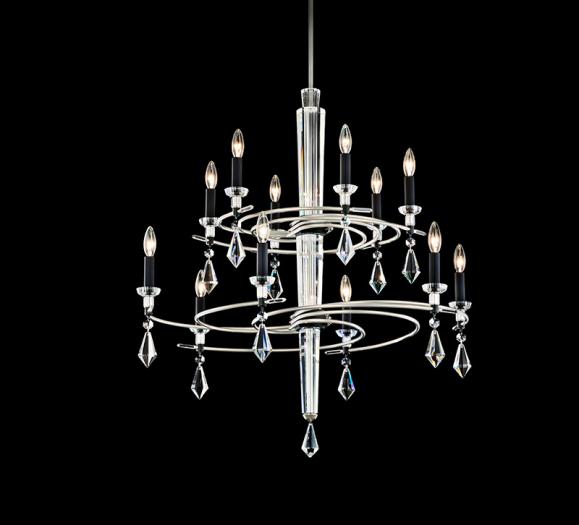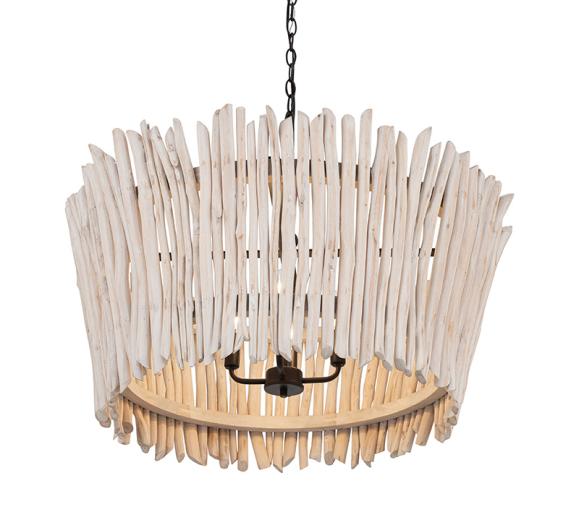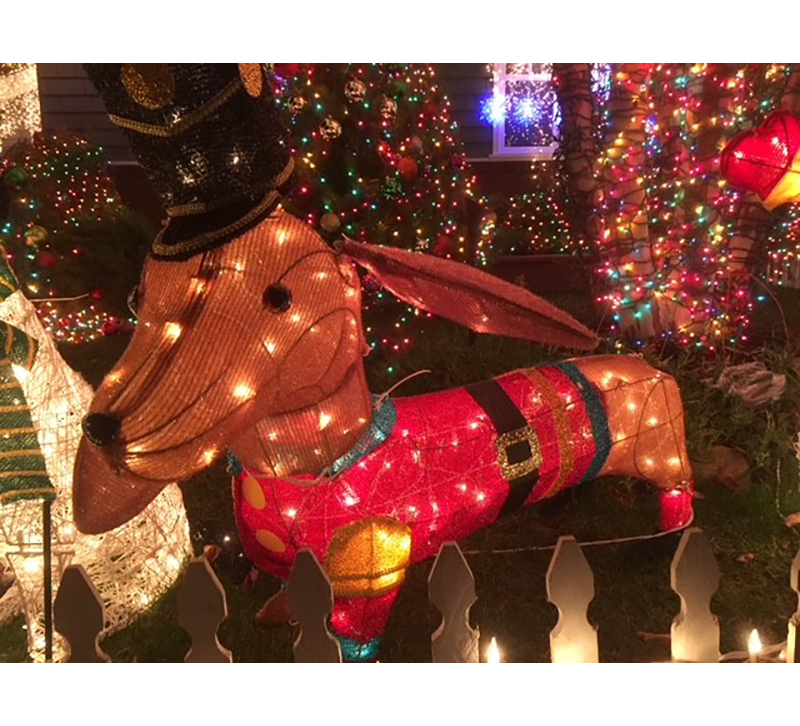
It is that time of year again, when homeowners become lighting designers. What we are talking about here is holiday lighting. Did you know that the first string of electric Christmas tree lights were put together in 1882 by Edward Johnson, who was a partner in Thomas Edison’s Illumination Company. It consisted of 80 red, white and blue light bulbs. People at the time were totally blow away, so Johnson started to market them. At the time, a string of 16 bulbs cost $12, which would be equivalent to $350 in today’s money. Before that, people placed actual candles on their trees, a tradition that started in Germany in the 17th century. Today, more than 115 million sets of string lights are sold each year.
When I was growing up we had a choice of strings of big bulbs or little bulbs. That was it. Then came LED string lights. The first ones out on the market had a gray-green color of light due to a very low CRI. They looked kind of dead…like doll eyes. They were not very bright and not dimmable either. As color quality and lumen output improved, manufacturers were able to introduce products that were even a little bit better than incandescent; offering richer blues, reds, greens and lavenders. Different color temperatures are also available now. Those lights in the 2700 K range have a warmer, more nostalgic feel. The 3000 K versions have more clarity. The tradition of using string lights has spread out to other holidays as well. You can get orange string lights for Halloween and red string lights for Valentine’s Day. The possibilities seem endless and the public is eating them up.
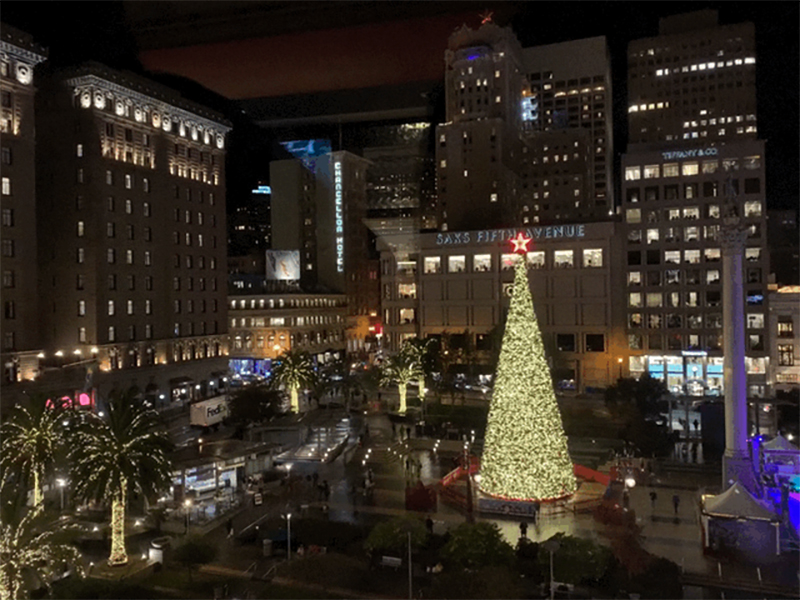
The Christmas tree on Union Square in San Francisco is using the older LED lights. It is not a crisp white nor a warm white light. It has that green-gray tinge. Here is the conundrum — these hundreds of strings of lights were a substantial investment for the city. They still work. Do they just ditch them start all over? The reality is that all cities are hurting financially. So for now, we will work with what we have. We just do the color correction on our phones.

In some instances, the trees are highlighted from ground mounted directional LED lights.This one is lit with 3000 K LEDs with a CRI of 90. This makes the colors really pop and the branches are vibrantly green. The accent lights should be installed around 4 feet from the base of the tree for the lower half and 8 feet away to light the upper portion.
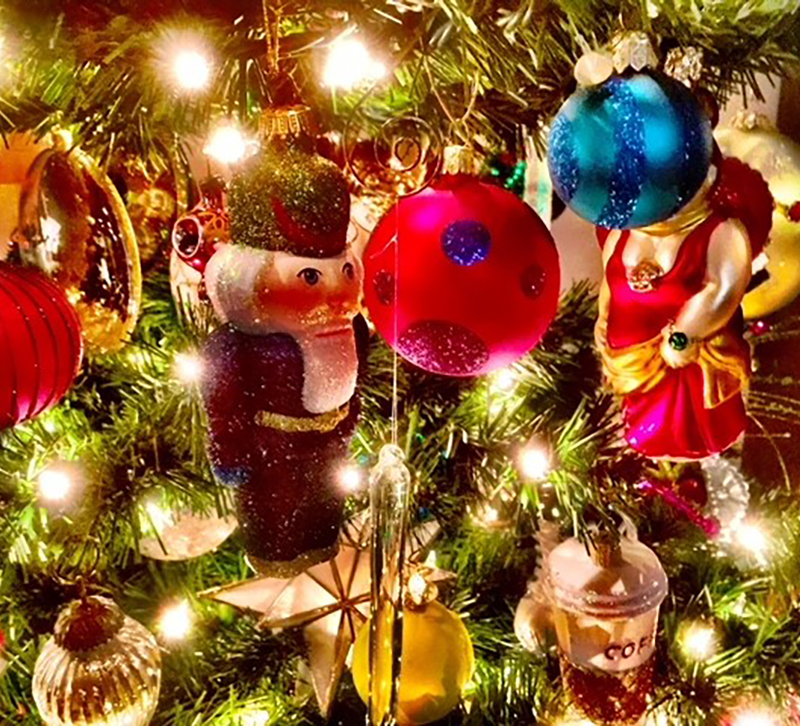
I’ll spend hours weaving the string lights along each branch, getting deep into the center of the tree. I feel it gives the tree a lot more dimensionality. It is a bear though, at the end of the season, when everything has to be unraveled. Now, you can get lights that twinkle or chase or sync up with your music. The possibilities are dazzling…and dizzying.
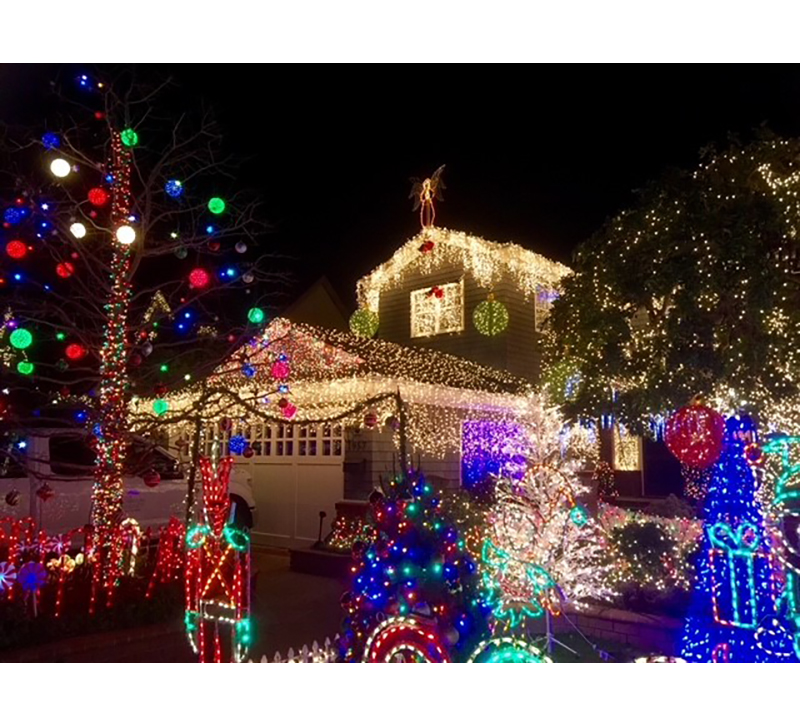
Photo by Randall Whitehead
Take note that the icicle lighting on the house in the image above has a warmer color temperature of 2700 K, while the Christmas tree in the yard and the animated figures have a crisper color temperature of 3000 K. Admittedly, I am a fan of over-the-top holiday house lighting. Who doesn’t love a bit of excess and extravagance? Especially when someone else is doing it and all you have to do is appreciate the effort.



